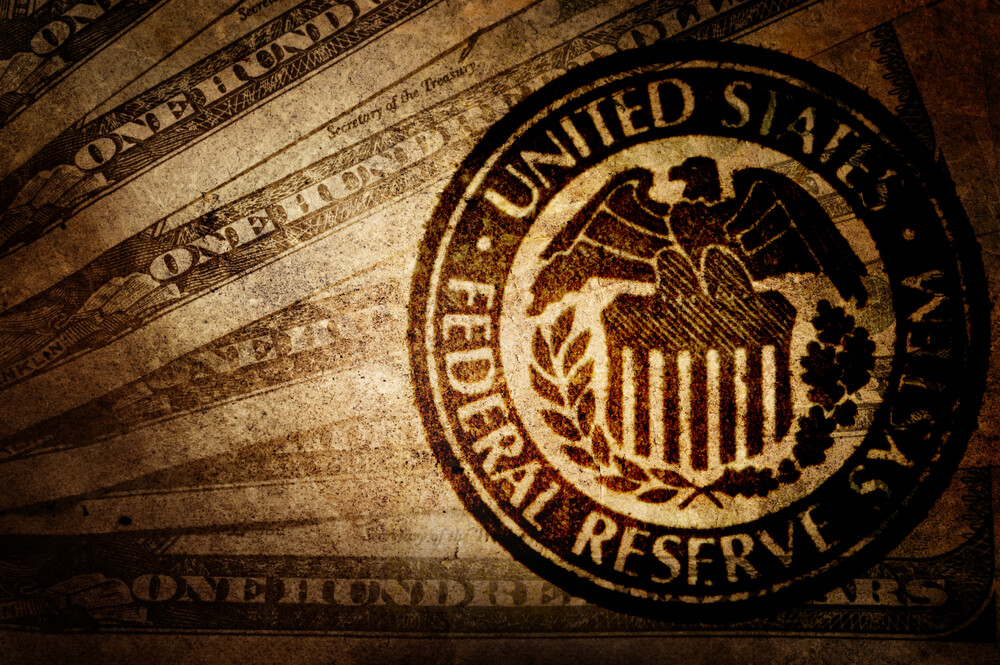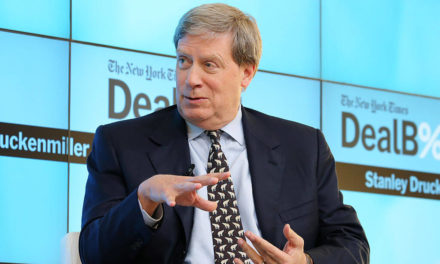It was shaping up to be a non-eventful Friday until the U.S. reported a horrific payroll report. The non-farm U.S. economy added just 75,000 jobs in May against expectations of 175,000. As Zerohedge pointed out that was lower than all of the 77 analyst estimates for the month.
And the reaction from the capital markets already in a dovish mood thanks to recent remarks from FOMC officials was interesting to say the least. Stocks jumped supposedly on the anticipation of a rate cut funneling more funny money into the Wall Street casino.
But so did U.S. Treasurys. The yield curve fell 5 to 6 basis points across the board and gold moved up as well, breaking the high for 2019 above $1,350 before settling at $1,345. This isn’t the reaction of a market thinking in terms of stimulus.
No, this is a market thankful for the new hope of a higher supply of dollars to cover debt services and bring rationality back to the U.S. bond market.
At the same time, the euro spiked as the dollar sold off, again, on the hopes that the market had made its displeasure with the Fed’s policies sufficiently well-known.
A jobs report this bad is not something that can be brushed off as a blip. Not in the face of rapidly shifting FOMC communication. But oh will they try. The Fed is going to raise rates, but it has the more important task of saving face while doing so.
Because this is what the Fed is really protecting at this point, what’s left of its reputation.
This means, unless something catastrophic happens in the next few weeks, the Fed will not raise rates until the September meeting. But for now, the markets can dream and stamp their feet.
Here’s the thing to remember about the Fed and rates: They are scared to death of being blamed for blowing the next stock market bubble.
But they’ve already done it. A decade of zero-bound interest rate policy (ZIRP) fueled buybacks, which have pushed stocks higher on lower supply.
Couple that with the boom in corporate debt the entire risk spectrum and we have a massive bull market in junk bonds and leveraged loans. As Brian Reynolds points out in this outstanding interview pension funds have been the ones fueling this equity boom in their frantic search to make 7.5% to cover their defined benefit payouts.
Pensions have been gobbling up illiquid garbage to keep from going broke. That illiquid garbage puts billions in play to buy stocks and fuel buybacks. Cities and municipalities are raising taxes to cover the shortfall. Rising taxes will fuel slower growth, tax receipts falling and the cycle reaching a crescendo that makes the late 1970’s look like an Amish barn-raising.
You can’t buy a free lunch with tomorrow’s money forever, folks, no matter what the monetary Marxists at the Marriner-Eccles building think.
It always ends badly. We’re so far beyond guns and butter that we’ve gone plaid.
Case in point, Friday’s market action and the fact that a Fed scared of blowing a stock market bubble by raising rates has created the very conditions necessary for the mother of all equity bull markets.
Short interest is at a high as fundamentals look terrible. Supply of available shares is low after a decade of buybacks.
Earth to Jerome Powell. The Dow Jones still sits just below 26,000. Because where else can capital go?
With every basis point the bond market inverts, blue chips with historically low yields versus forward earnings stay attractive.
It may be “Beer Goggles” attractive. But hey, desperation is a powerful motivator.
And I haven’t even added in my favorite whipping boy here … Europe. Has anyone noticed that German 10-year Bunds have dropped more than thirty basis points since early May? Or that the yield curve is negative out to 15 years now?
German 10 years are now approaching Mario Draghi’s benchmark limit of -0.4% and look hell bent to get there by the end of Q2. In a few months Germany’s curve will look like Japan’s. This will likely continue while we’re in the gap between one TLTRO program’s end and the next one begins in September. And this is yet another reason why I think the Fed won’t raise rates between now and then.
Italian bond yields were set to drop 20 (yes two-zero) basis points on Friday until the rotten U.S. jobs report reversed that trade in a flash. The momentum junkies stopped buying Italian debt and finally looked at the actual price long enough to have some sense slapped back into them.
The market is piling into safe-haven assets (Read: anything with a non-negative real yield) at a breakneck pace while high-yield bets stay buoyant. Even emerging market bond ETFs remain well-bid.
But it’s not because the Fed lowering rates will ignite a new boom. No, Dr. Copper is on the job looking at the patient and declaring him terminal. Copper is mired in a vicious seven-week downtrend that’s seen its price clipped from more than $3 per pound to just $2.62, flirting with a breakdown below long-term support.
Just last week analysts were declaring the end of gold as a safe-haven asset, and this week it’s making a new high for the year. $25 more and the nearly eight-year gold bear market will finally be over.
Every day its partner-in-crime, the ECB, loses credibility having no escape possible from negative interest rates and its alphabet soup of programs which amount to paying off its Visa with its MasterCard.
The Fed is holding off on raising rates while keeping spirits high to leave themselves as much room as possible for shock and awe when they finally do move. But the longer they wait the more the markets will simply move on without them.
• Money & Markets contributor Tom Luongo is the publisher of the Gold Goats ‘n Guns Newsletter. His work also is published at Strategic Culture Foundation, LewRockwell.com, Zerohedge and Russia Insider. A Libertarian adherent to Austrian economics, he applies those lessons to geopolitics, gold and central bank policy.




